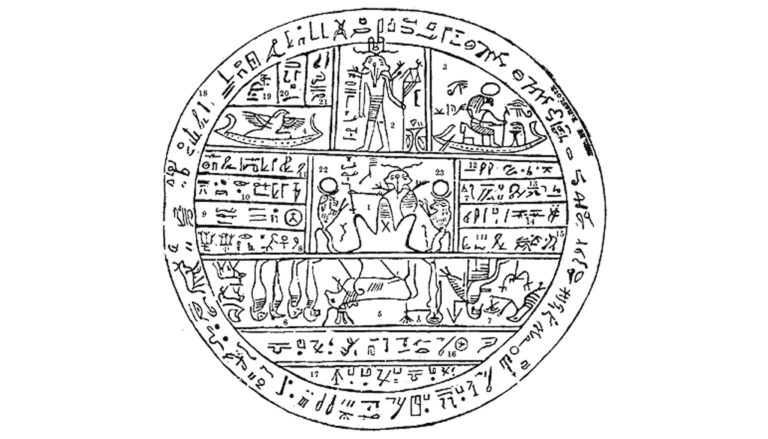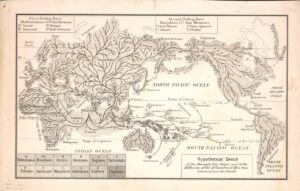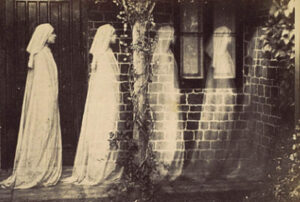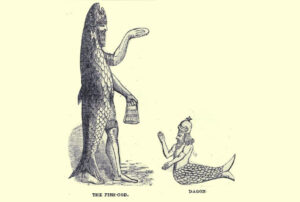Table of Contents
Mythical places have captivated human imagination for centuries, and one such enigmatic realm is Kolob. This ethereal destination has intrigued believers and scholars alike, with its origins rooted in religious and mythological narratives. In this article, we will delve into the facts, origins, appearance, accessibility, and stories related to the mythical place known as Kolob.
Origins
The origins of Kolob are closely tied to The Church of Jesus Christ of Latter-day Saints (LDS Church), commonly known as the Mormon Church. The concept of it originates from the faith’s sacred text, the Book of Abraham, regarded as scripture by LDS Church members
According to the Book of Abraham, Kolob is a celestial body that is closest to the throne of God and serves as a governing body for the vast universe. It is described as a star or planet, with its own unique place in the cosmos. The Book of Abraham provides a celestial hierarchy, with Kolob at the pinnacle, symbolizing God’s supreme authority.
Appearance
While the Book of Abraham offers insights into the spiritual significance of Kolob, it does not provide a detailed physical description of the realm. Consequently, the appearance of Kolob remains a subject of interpretation and speculation among believers. Some describe it as a radiant, luminous sphere, while others envision it as a celestial city bathed in divine light.
Accessibility
Mormon theology portrays Kolob as an otherworldly realm beyond our mortal world, reserved for the righteous after death, known for its unimaginable beauty and holiness. However, accessing mythical place during one’s earthly existence is not part of Mormon doctrine.
According to LDS beliefs, individuals can attain a higher degree of exaltation and closeness to God through righteous living and adherence to Mormon principles. This spiritual journey may culminate in the promise of eventual residence in the presence of Kolob.
Who Can Get There?
LDS theology tightly binds the concept of reaching Kolob. Mormons believe adherence to faith, purity, and obedience can lead to exaltation and dwelling symbolically near God. In the afterlife, those who fulfill divine commandments and religious ordinances may progress spiritually and draw closer to Kolob.
Who Has Already Been There?
In Mormon theology, prominent figures from LDS history may attain proximity to Kolob in the afterlife. Leaders like Joseph Smith, Brigham Young, and other early church figures are believed to have reached a high level of spiritual exaltation, making them eligible to dwell in Kolob’s presence.
Essential to note that the concept of dwelling in Kolob’s presence is deeply rooted in religious belief and faith. There is no empirical evidence or scientific consensus regarding the existence of such a realm.
Myths and Stories
Myths and stories about this mythical place, deeply rooted in the LDS Church’s religious context, shape its sacred and foundational significance.
The Book of Abraham serves as the primary source of knowledge about Kolob. It recounts Abraham’s profound encounter with God, unveiling divine revelations encompassing the cosmos and Kolob. This sacred account offers crucial insights into the celestial realm’s role in God’s grand design.
The Book of Abraham extends beyond introducing Kolob; it meticulously delineates a celestial hierarchy. This hierarchy acts as a theological framework for understanding the universe’s divine order within LDS theology. Kolob, positioned at its zenith, symbolizes both proximity to God and the cosmic axis.
Central to LDS doctrine is the concept of eternal progression. Here, individuals strive for ongoing spiritual development throughout eternity. Kolob serves as the epitome of this progression, symbolizing the spiritual pinnacle. Believers aspire to draw nearer to Kolob and, consequently, to God through a lifelong journey of righteousness and spiritual refinement.
Kolob’s role in creation, as detailed in the Book of Abraham, underscores its centrality. This celestial body is portrayed as having divine authority, overseeing and regulating other heavenly bodies. Kolob functions not only as a celestial timekeeper but also as a reference point for God’s master plan. This underscores its intricate role in maintaining the cosmic order of the universe.
FAQ
Is Kolob a physical place?
No, it's a symbol of spiritual significance within LDS beliefs.
Who can reach Kolob?
Those who follow LDS teachings and attain spiritual purity may symbolically approach Kolob.
What role does Kolob play in LDS theology?
Kolob signifies the pinnacle of spiritual growth and God's divine authority.
Is Kolob a part of mainstream Christian beliefs?
No, it's unique to Mormonism and not part of mainstream Christian doctrine.
Where is Kolob mentioned in LDS scriptures?
Kolob is found in the Book of Abraham, considered scripture by Mormons.
Can one physically visit Kolob?
No, it's a symbolic concept representing spiritual goals, not a physical location.
What does Kolob symbolize in LDS theology?
Kolob symbolizes spiritual progression, divine authority, and eternal aspirations.




